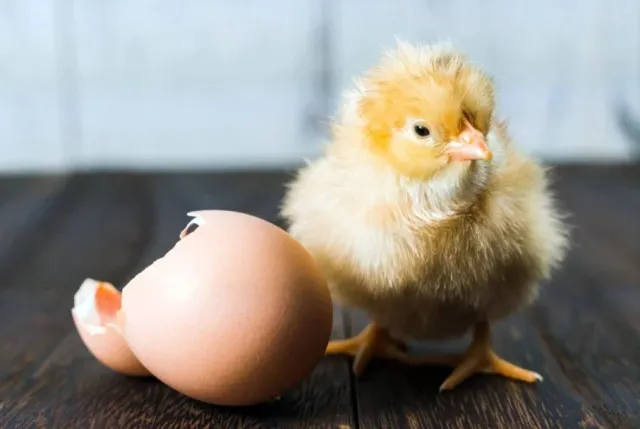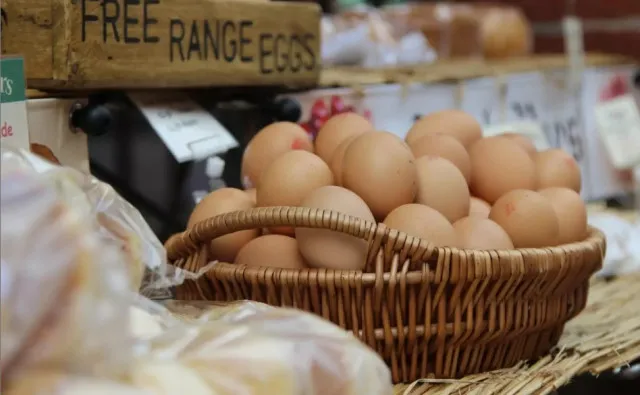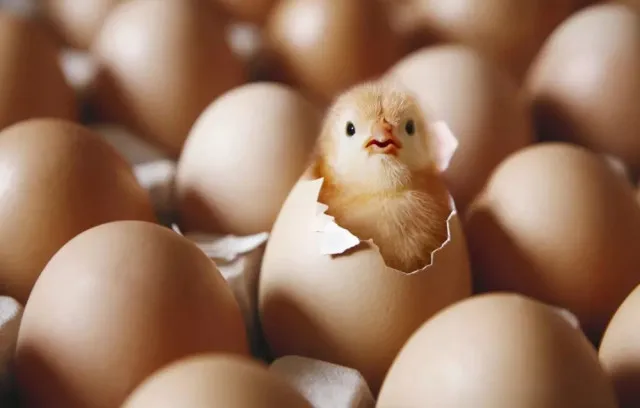Scientists have finally answered the classic question of whether the chicken or the egg came first. Can you guess which one?
For centuries, people have debated a seemingly simple yet profound question: which came first, the chicken or the egg?
This age-old dilemma has puzzled philosophers, scientists, and curious minds alike.

Scientists finally solve the question of whether chicken or egg comes first
Recently, however, scientists have made a breakthrough that solves this classic conundrum.
The University of Bristol’s School of Earth Sciences in the UK has conducted a groundbreaking study that clarified this question.
Through detailed research and analysis, a team of scientists has introduced a new theory.
This theory answers the age-old question that has puzzled humanity for generations.
To solve this mystery, scientists at the University of Bristol studied the origins of bird species.

They finally discovered that the egg comes first
They focused on the evolutionary timeline of chickens and their ancestors.
The researchers categorized species into two groups based on their reproductive methods.
Oviparous species lay eggs, while viviparous species give birth to live offspring.
The results of this study have questioned old ideas about where chickens came from.

It changes how we understand our ancestors.
The research revealed that early reptilian ancestors of chickens were viviparous.
This means they gave birth to live young, not eggs.
The role of the amniotic egg and extended embryo retention
This groundbreaking discovery has reshaped our understanding of the evolutionary history of these avian creatures.
The research team emphasized the importance of extended embryo retention as a key evolutionary adaptation.
This trait was crucial for the survival and development of these ancient species.
By keeping their embryos for longer periods, these creatures protected and ensured the survival of their offspring.
This adaptation was crucial for thriving in a challenging environment.

Professor Michael Benton from the University of Bristol indicated the importance of the amniotic egg in vertebrate evolution.
He explained how this type of egg helped animals adapt and evolve.
“Before the amniotes, the first tetrapods to evolve limbs from fishy fins were broadly amphibious in habits.
“They had to live in or near water to feed and breed, as in modern amphibians such as frogs and salamanders.
“When the amniotes came on the scene 320 million years ago, they were able to break away from the water by evolving waterproof skin
and other ways to control water loss. But the amniotic egg was the key.”
This important evolutionary change allowed amniotes to move from water to land.

It was a major step in the evolution of vertebrates.
The team’s research has not only revolutionized our understanding of avian evolution but has also debunked traditional models of reptilian egg development.
Project leader Professor Baoyu Jiang emphasized the changing reproductive strategies among reptiles.
He showed how some lizards and snakes can switch between laying eggs and giving birth to live young.
“This standard view has been challenged.
Biologists had noticed many lizards and snakes display flexible reproductive strategy across oviparity and viviparity.
“Sometimes, closely related species show both behaviors, and it turns out that live-bearing lizards can flip back to laying eggs much more easily than had been assumed.”